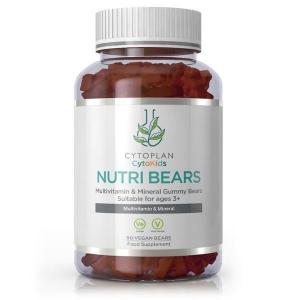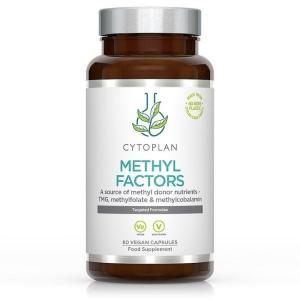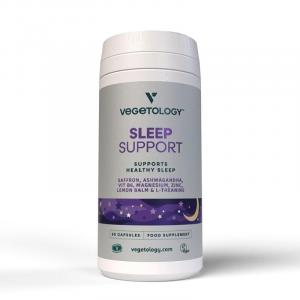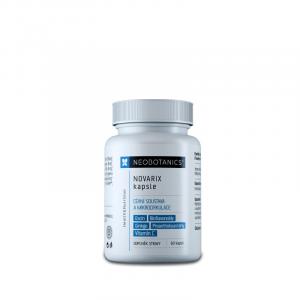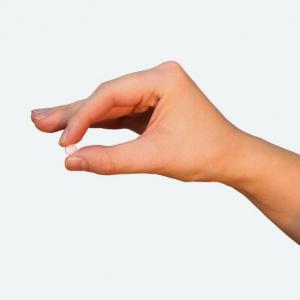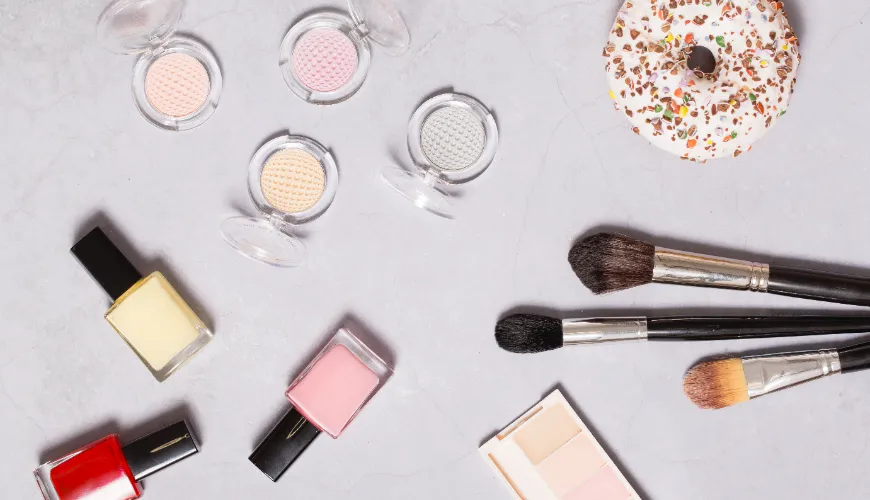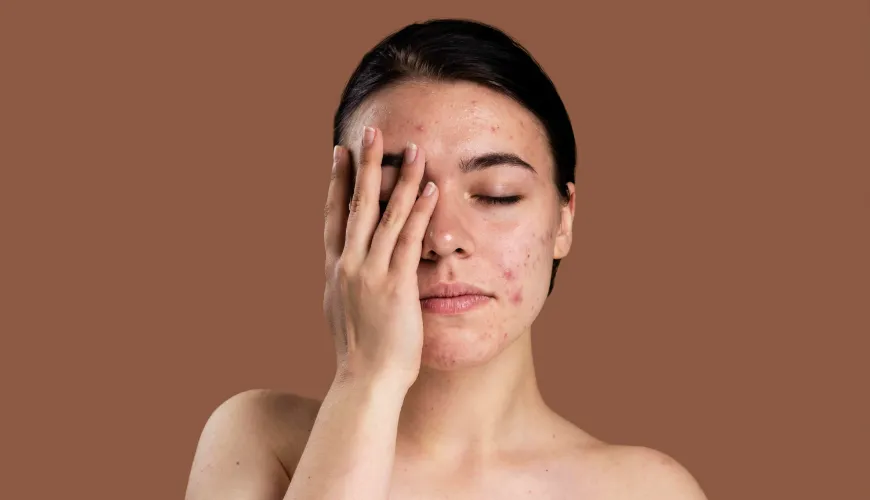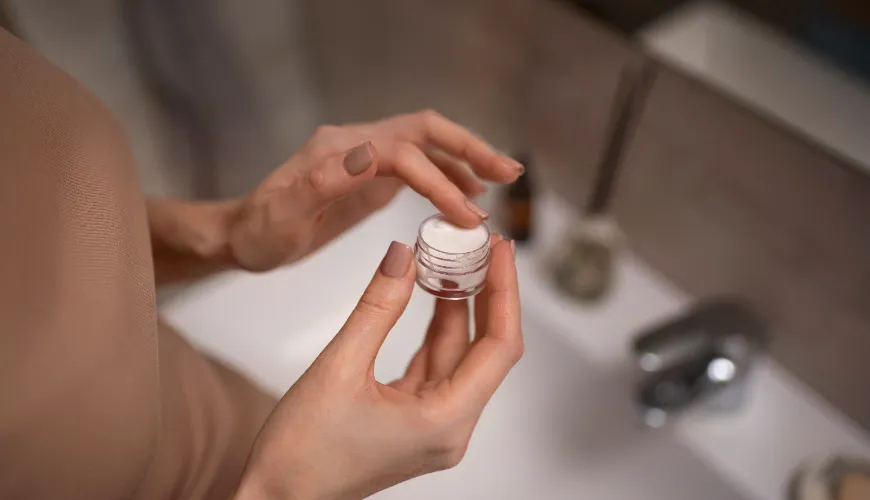
Find out why you suffer from dry, peeling skin on your face
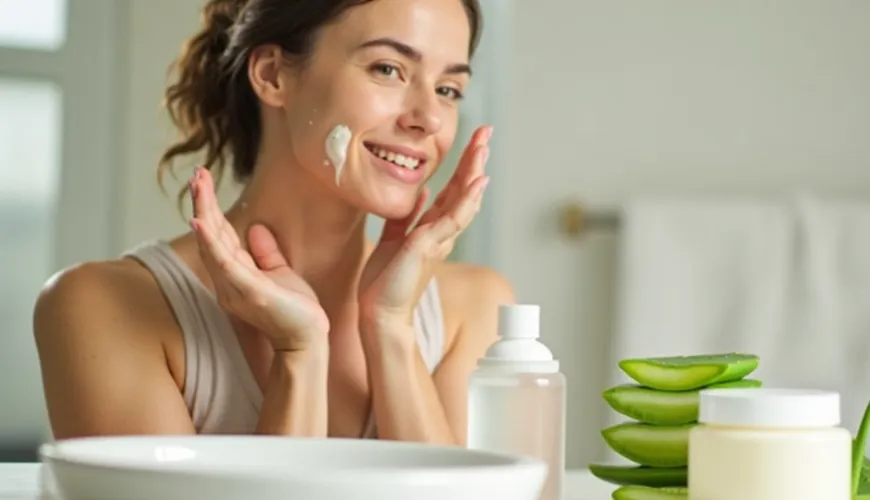
Dry, Flaky Skin on the Face - Why It Occurs and What to Do About It
It's said that the face is the mirror of our health. However, when we look in the mirror and see dry, flaky skin, it can cause insecurity and concern. Dry and peeling skin on the face is not just a cosmetic issue but often signals a deeper imbalance – whether due to poor care, environmental influences, or health issues. Identifying the cause and choosing the right approach is key to making the skin look healthy, elastic, and natural again.
Why Does the Skin on the Face Peel?
The skin naturally renews approximately every 28 days. This process ensures that old cells gradually die off and are replaced by new ones. However, if the protective skin barrier is disrupted, for example, due to a lack of lipids or hydration, the renewing layer may begin to excessively peel and dry out. Such skin feels tight, itches, sometimes even burns, or develops small cracks.
One of the most common culprits is the weather. In winter months, when outdoor frost alternates with overheated dry air indoors, the skin takes a beating. Wind and low temperatures disrupt the natural protective film, while dry air reduces moisture in the skin. But even in summer, when sun and sweat can cause dehydration, it's not uncommon for flakes and dry patches to appear on the face.
It's not just about the weather. Often, the composition and method of skin care play a role. Perfumed or aggressive cleaning agents can disrupt the natural pH, leading to drying and peeling. Paradoxically, excessive care – frequent peelings or using too many products – can irritate and overly burden the skin.
When Dryness Signals More Than Just Poor Care
There are also cases where dry, peeling skin is not just a cosmetic issue but a symptom of a health condition. Among the most common causes are atopic eczema, seborrheic dermatitis, or psoriasis. These conditions often present with redness, itching, and the appearance of scales in certain areas of the face – typically around the nose, eyebrows, forehead, or behind the ears.
In some cases, dryness may result from a nutrient deficiency – for example, vitamin A, E, or essential fatty acids. Hormonal imbalances, such as a drop in estrogen after menopause, can also affect skin hydration.
"The skin is the largest organ of the body and often the first to alert us that something is happening inside," reminds dermatologist MUDr. Hana Zelená. Therefore, it is worth noting when and how problems begin and possibly consulting the condition with a specialist.
What Really Helps? A Natural Path to Hydrated Skin
Before reaching for strong chemicals or expensive procedures, it's worth starting with the basics – gentle yet effective care that restores balance and strengthens the skin barrier. The first step is choosing the right cleansing agent. It should be free of fragrance and sulfates, ideally with added emollient ingredients like glycerin, aloe vera, or oats.
The next phase is hydration – and here less is sometimes more. Instead of heavily perfumed creams with long ingredient lists, natural moisturizing creams containing shea butter, jojoba oil, or squalane are often more effective. These not only hydrate but create a gentle film on the surface that prevents water loss.
A good example is the story of Klára, who struggled with a significant dry patch on her face every winter. After years of using various branded creams, she switched to a simple combination of organic shea butter and rose hydrolate. Within a few weeks, her skin condition improved so much that she no longer needed makeup to cover the flakes. "The change literally changed my life – and it cost just a few bucks," she says with a smile today.
The care ritual should also include a gentle enzymatic peel once a week, which helps remove dead cells without mechanical irritation. And if the skin peels extremely or reacts to common products with redness, it's worth opting for products designed for sensitive or atopic skin, preferably with a quality certificate like COSMOS or Ecocert.
Lifestyle and Diet - What We Eat Really Matters
Skin care doesn't start in the bathroom but on the plate. Hydration from within is fundamental – without sufficient water intake (ideally 1.5 to 2 liters a day), the body cannot maintain balance even in the skin. The drinking regime can be enriched with herbal teas, such as nettle, marigold, or chamomile, which support cleansing the body and have anti-inflammatory effects.
The diet should be rich in omega-3 fatty acids, found in flaxseed, walnuts, or fatty fish. Zinc, selenium, and B vitamins are also crucial for skin health. A deficiency in these substances can manifest as scaling and loss of elasticity.
Try our natural products
Finally, stress also plays a role, which can disrupt hormonal balance and gut microbiota – all of which quickly reflect on the skin's condition. Meditation, regular exercise, and sufficient sleep are not just clichés but real tools to support the health of the skin.
When to Be Alert and Seek Help
If dry, peeling skin on the face worsens, is accompanied by redness, itching, burning, or spreads to other areas, it's time to consult a dermatologist. Also, in cases where normal care does not help, it is necessary to rule out skin diseases or allergic reactions.
Nowadays, it's common for dermatologists to collaborate with nutritional therapists and psychologists because skin health is a complex topic. A holistic approach, encompassing care for the body, mind, and the environment we live in, is increasingly recognized even in professional circles.
In conclusion, the influence of the environment cannot be overlooked: aggressive cleaning agents in the home, dry air, or synthetic materials in clothing – all can contribute to skin irritation. Therefore, it's worth opting for ecological and gentle alternatives, which are not only kinder to the skin but also to the planet.
Thus, dry and peeling skin on the face is not just an aesthetic inconvenience but a signal that it's necessary to slow down and look at the overall balance in our life. Sometimes it's the small things – skipping a perfumed gel, adding a tablespoon of flax oil to the diet, or enjoying a moment of calm in the evening with a cup of herbal tea. And it's often in these little things that the path to healthier and more beautiful skin lies.
